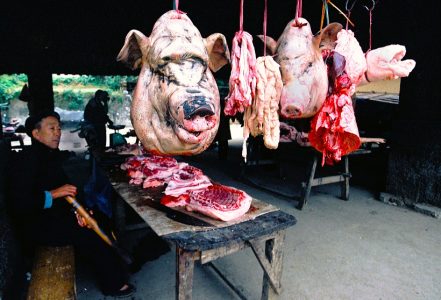The Hanoi People’s Committee has launched a new plan to regulate the slaughter, transport, and trade of animals and animal products. The goal is to eliminate small-scale and unlicensed slaughterhouses operating in residential areas by 2030, improving food safety and public hygiene across the city.
Under the plan, local communes and wards are tasked with reviewing, cataloging, and reporting illegal slaughter facilities. These reports will help authorities propose solutions and ensure the closure of non-compliant operations.
Targets for 2030
By 2030, Hanoi aims to:
- ✅ Slaughter 70% of all animals at centralized or industrial facilities
- ✅ Ensure 100% of industrial and semi-industrial slaughterhouses have adopted modern, closed-loop technologies
- ✅ Ensure all slaughter facilities are licensed and inspected before their products reach the market
The city also plans to build, renovate, and upgrade centralized slaughterhouses to meet veterinary hygiene and traceability standards. It will strictly penalize the illegal transportation and sale of animals and animal products.
Implementation roadmap
The plan will be rolled out in three phases:
- ✅ October-December 2025: Review, categorize, and propose solutions for existing slaughterhouses
- ✅ 2026-2027: Update and adjust the network of centralized and temporary facilities
- ✅ 2028-2030: Close and relocate small-scale and unsanitary slaughterhouses
Six key measures
To support implementation, the city will:
- ✅ Clarify responsibilities across agencies and units
- ✅ Develop a network of centralized, industrial slaughterhouses
- ✅ Strengthen traceability and expand markets for safe products
- ✅ Increase inspections and enforcement against violations
- ✅ Promote public awareness and education
- ✅ Provide training to improve management and technical capacity
Coordinated implementation
The Department of Agriculture and Rural Development will coordinate with the Department of Natural Resources and Environment and other agencies to implement the plan comprehensively.
Authorities will also guide businesses and individuals in complying with regulations when investing in and operating centralized slaughter facilities.

